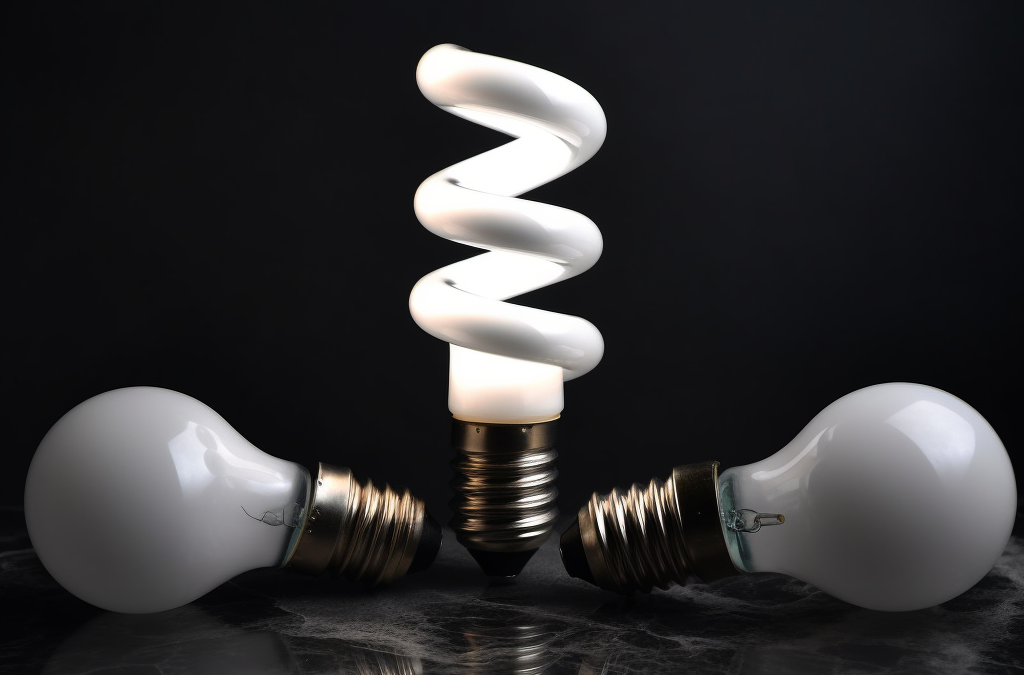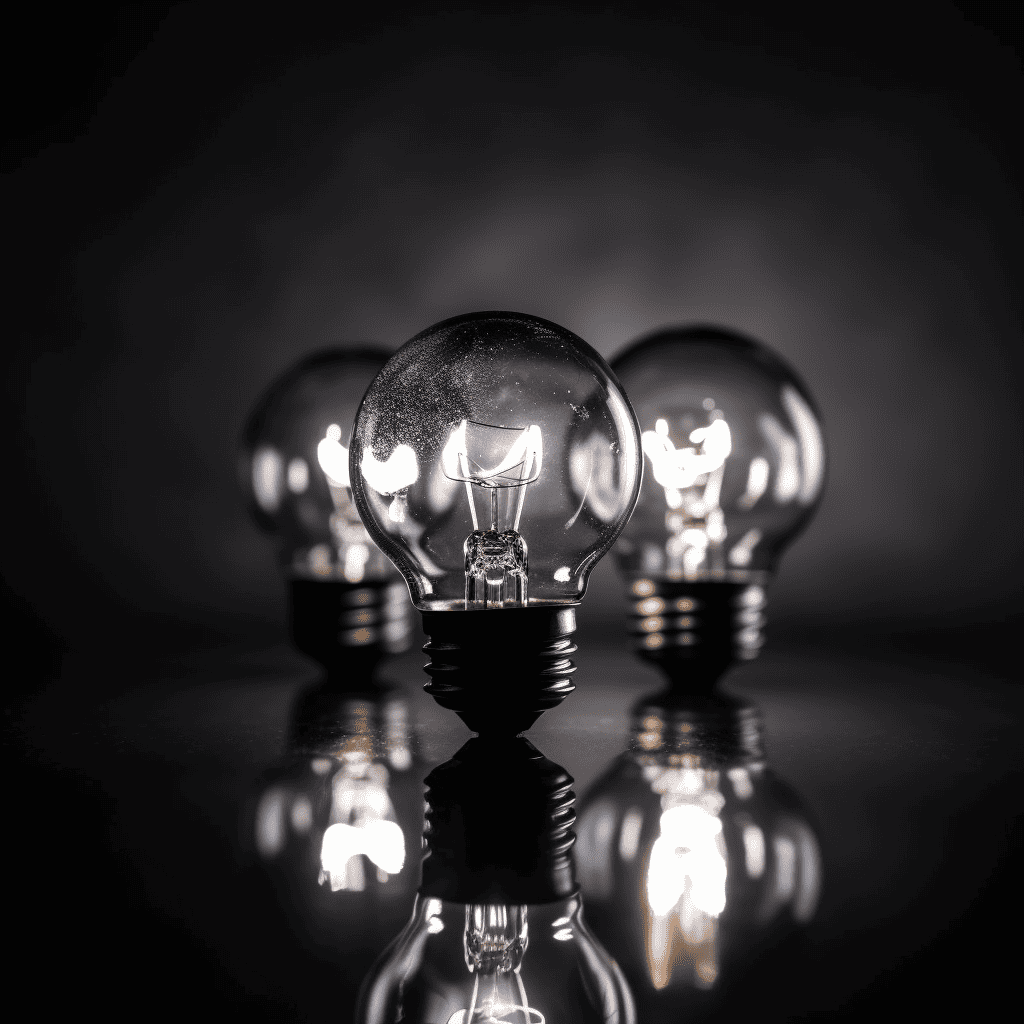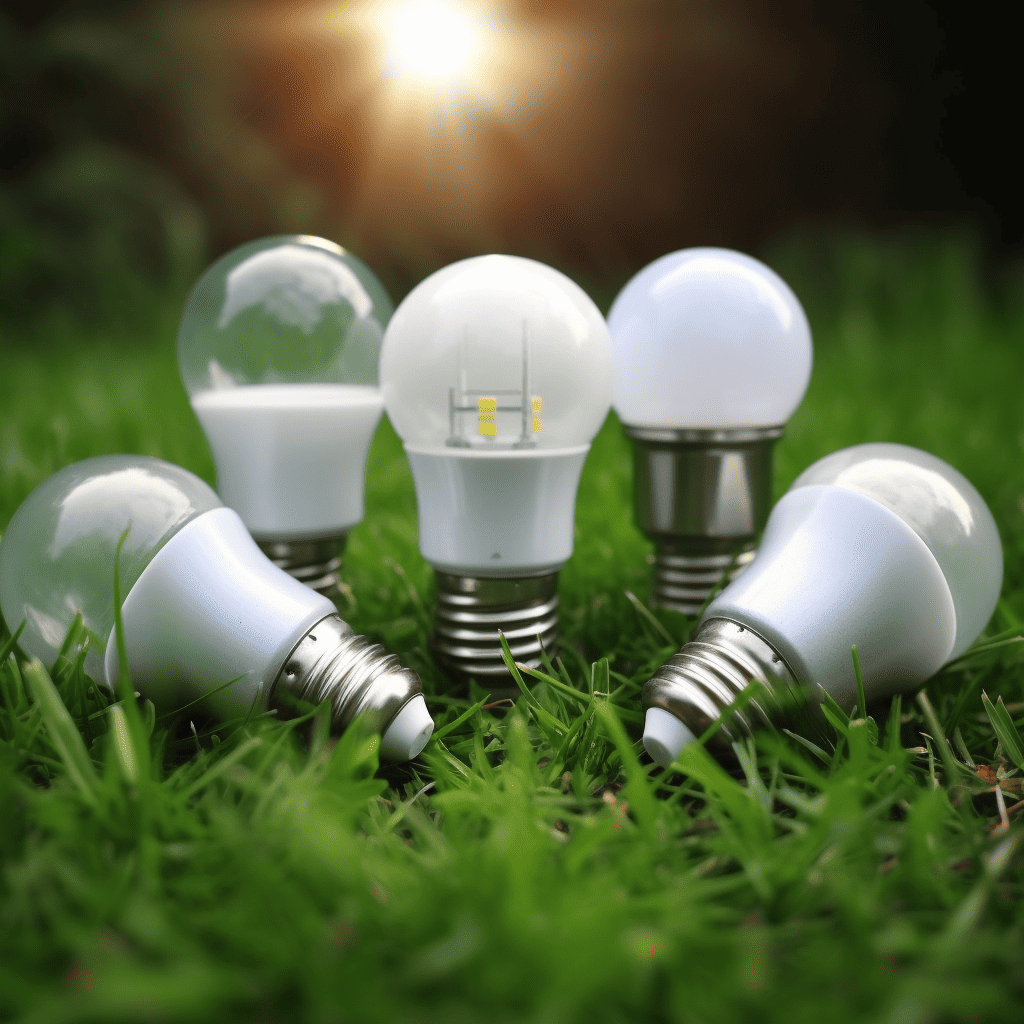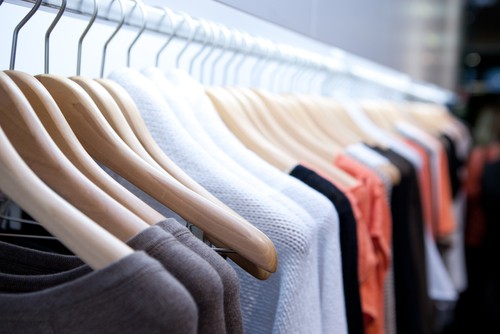
Using Natural Light To Enhance Your Home Interior Design
April 13, 2023
Selecting the Right Lighting for Your Retail Store
June 26, 2023Replace Traditional Incandescent Bulbs with Energy-efficient Alternatives like LED or CFL Bulbs

Replace Traditional Incandescent Bulbs with Energy-efficient Alternatives like LED or CFL Bulbs
As energy efficiency becomes a growing concern for homeowners and businesses in Singapore, replacing traditional incandescent bulbs with energy-efficient alternatives like LED or CFL bulbs is a practical and eco-friendly solution. In this article, we’ll explore the benefits of switching to energy-efficient lighting and guide how to choose the best LED or CFL bulbs for your needs.
Understanding Incandescent Bulbs and Their Drawbacks
Traditional incandescent bulbs have been used for decades but are now considered outdated and inefficient. The main drawbacks of incandescent bulbs include:
High Energy Consumption
- Incandescent bulbs convert only 10% of the energy they consume into light, while the remaining 90% is wasted as heat.
- This inefficiency leads to higher electricity bills and a larger carbon footprint.
Shorter Lifespan
- Incandescent bulbs have a relatively short lifespan, typically lasting around 1,000 hours.
- This requires more frequent replacements, increasing the overall cost and environmental impact.
The Benefits of Energy-efficient Lighting
Switching to energy-efficient lighting options, such as LED or CFL bulbs, offers numerous benefits:
Lower Energy Consumption
- LED bulbs use up to 80% less energy than incandescent bulbs, while CFL bulbs use around 70% less energy.
- This results in significant energy savings and reduced electricity bills.
Longer Lifespan
- LED bulbs can last up to 25,000 hours, while CFL bulbs can last up to 10,000 hours.
- A longer lifespan means fewer replacements and lower maintenance costs.
Lower Heat Emission
- Energy-efficient bulbs emit less heat than incandescent bulbs, reducing the strain on air conditioning systems and creating a more comfortable living environment.
Environmentally Friendly
- Using energy-efficient lighting reduces greenhouse gas emissions and contributes to a smaller carbon footprint.

Choosing Between LED and CFL Bulbs
Both LED and CFL bulbs offer energy-efficient alternatives to incandescent bulbs, but they have different characteristics that may influence your decision:
Energy Efficiency
- LED bulbs are the most energy-efficient option, using slightly less energy than CFL bulbs.
- For maximum energy savings, choose LED bulbs.
Lifespan
- LED bulbs have a longer lifespan compared to CFL bulbs.
- If you want to minimize replacements, opt for LED bulbs.
Light Quality
- LED bulbs provide better light quality, with a more consistent color temperature and immediate brightness upon switching on.
- CFL bulbs may take a few minutes to reach full brightness and may have a less consistent color temperature.
Price
- LED bulbs tend to be more expensive upfront than CFL bulbs.
- However, the long-term savings from reduced energy consumption and fewer replacements can offset the initial cost.
Tips for Selecting the Right Energy-efficient Bulbs
When choosing LED or CFL bulbs, consider the following factors:

Wattage and Lumen Output
- Wattage measures energy consumption, while lumen output measures brightness.
- Look for bulbs with a lower wattage and a higher lumen output for the best energy efficiency and brightness.
Color Temperature
- Color temperature is measured in Kelvin (K) and affects the appearance of the light.
- For a warm, yellowish light similar to incandescent bulbs, choose a color temperature of 2,700K to 3,000K.
- For a cooler, whiter light, opt for a color temperature of 4,000K to 6,500K.
Compatibility with Dimmer Switches
- Not all LED or CFL bulbs are compatible with dimmer switches.
- If you have dimmer switches installed, ensure that you choose bulbs specifically designed for dimming.
Bulb Shape and Size
- Energy-efficient bulbs come in various shapes and sizes, including standard, globe, and candle.
- Make sure to select the appropriate shape and size for your light fixtures.
Fitting Type
- LED and CFL bulbs are available with different fitting types, such as screw or bayonet.
- Check your existing light fixtures to ensure you purchase the correct fitting type.
Proper Disposal of CFL Bulbs
CFL bulbs contain a small amount of mercury, which can be harmful to the environment if not disposed of correctly. Follow these guidelines for proper CFL bulb disposal:
Check Local Recycling Programs
- Many cities in Singapore offer recycling programs for CFL bulbs.
- Contact your local waste management facility for information on proper disposal methods.
Use a Sealable Plastic Bag
- Place the used CFL bulb in a sealable plastic bag to prevent the release of mercury in case of breakage.
Store Used Bulbs Safely
- Store used CFL bulbs in a safe place, away from heat sources and children, until you can dispose of them properly.
Conclusion
Replacing traditional incandescent bulbs with energy-efficient alternatives like LED or CFL bulbs effectively reduces energy consumption, saves money on electricity bills, and minimizes environmental impact. By considering factors such as energy efficiency, lifespan, light quality, and price, you can make an informed decision and choose the best lighting solution for your needs in Singapore. Don’t forget to follow proper disposal guidelines for CFL bulbs to protect the environment and contribute to a greener, more sustainable future.



